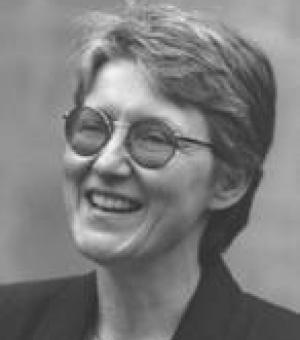Jane Austen’s novels have never gone out of fashion, nor received anything less than high critical acclaim. Her work is familiar to millions who have never read a word by means of costume drama on film and television.
Through three intertwined histories Jane Austen’s Textual Lives offers a new way of approaching and reading this most familiar author. One is a history of the transmission and transformation of Jane Austen through manuscripts, critical editions, biographies, and adaptations; a second provides a conspectus of the development of English Studies as a discipline in which the original and primary place of textual criticism is recovered; and a third reviews the role of Oxford University Press in shaping a canon of English texts in the twentieth century. Jane Austen can be discovered in all three.
Since her rise to celebrity status at the end of the nineteenth century, Jane Austen has occupied a position within English-speaking culture that is both popular and canonical, accessible and complexly inaccessible, fixed and certain yet wonderfully amenable to shifts of sensibility and cultural assumptions. The implied contradiction was represented in the early twentieth century by, on the one hand, the Austen family’s continued management, censorship, and sentimental marketing of the sweet lady novelist of the Hampshire countryside; and on the other, by R. W. Chapman’s 1923 Clarendon Press edition of the Novels of Jane Austen, which subjected her texts to the kind of scholarly probing reserved till then for classical Greek and Roman authors obscured by centuries of attrition. It was to be almost fifty years before the Clarendon Press considered it necessary to re-calibrate the reputation of another popular English novelist in this way.
Beginning with specific encounters with three kinds of textual work and the problems, clues, or challenges to interpretation they continue to present, Kathryn Sutherland (https://www.english.ox.ac.uk/people/professor-kathryn-sutherland) goes on to consider the absence of a satisfactory critical theory of biography that can help us address the partial life, and ends with a discussion of the screen adaptations through which the texts continue to live on. Throughout, Jane Austen’s textual identities provide a means to explore the wider issue of what text is and to argue the importance of understanding textual space as itself a powerful agent established only by recourse to further interpretations and fictions.
Check if this scholarly work on English textual criticism is in stock at your local library. Consult the online catalogue at https://www.sllclibrary.co.uk/cgi-bin/spydus.exe/MSGTRN/OPAC/BSEARCH
408 pages in Oxford University Press
First published 2005
ISBN 978-0199258727

Professor Kathryn Sutherland


